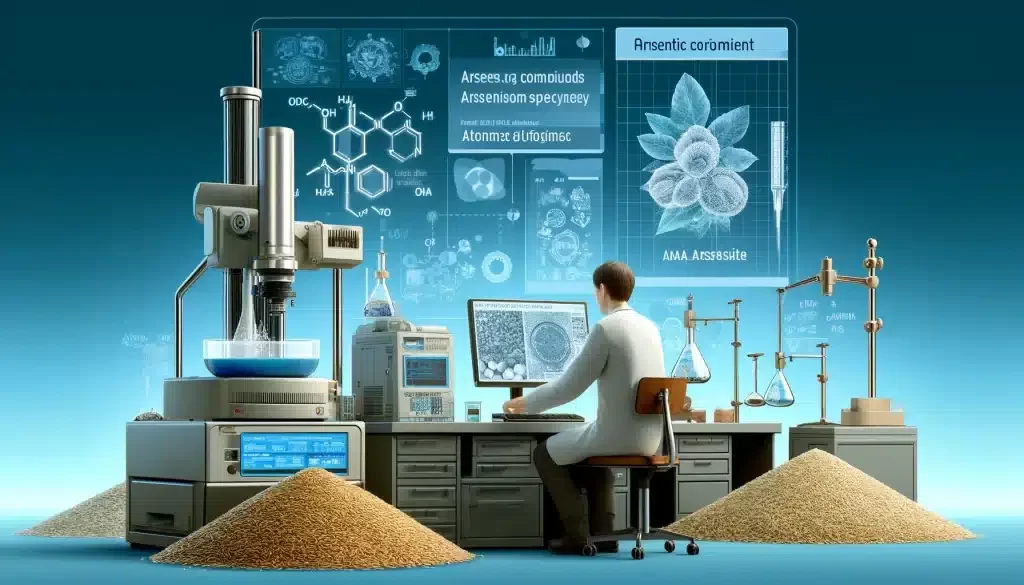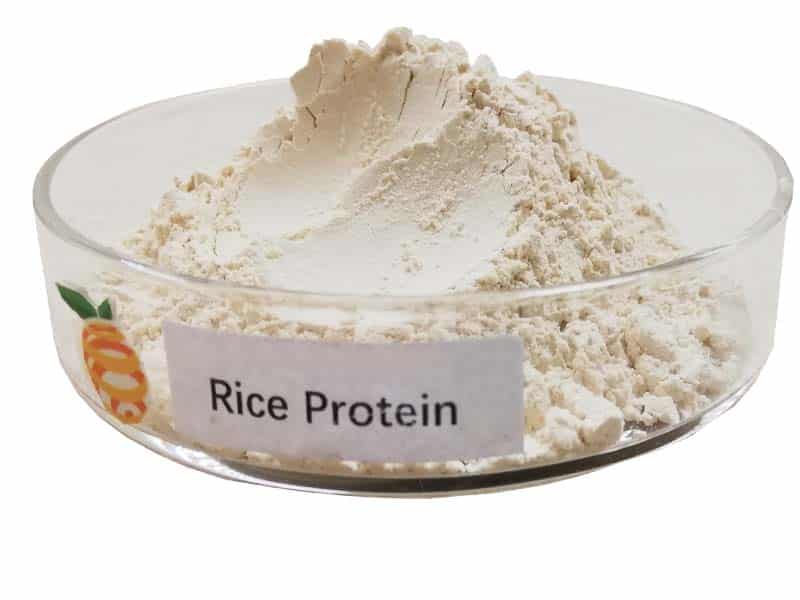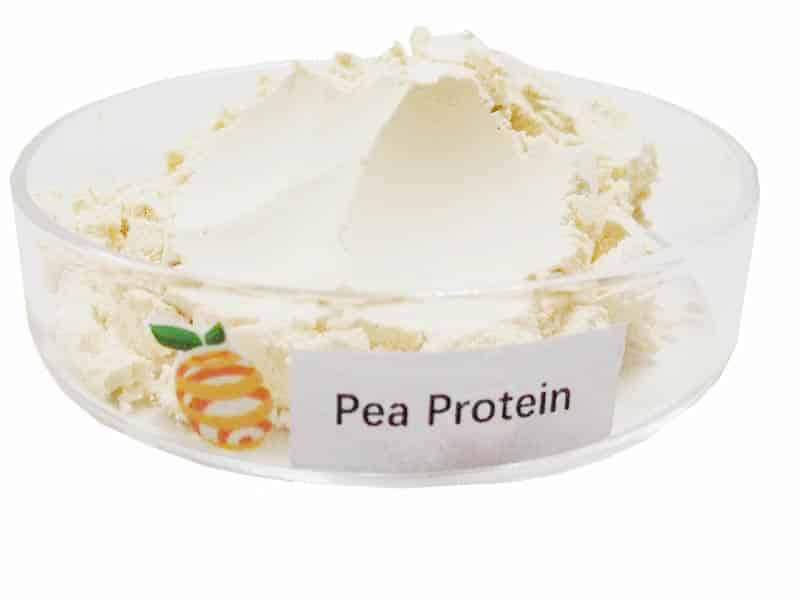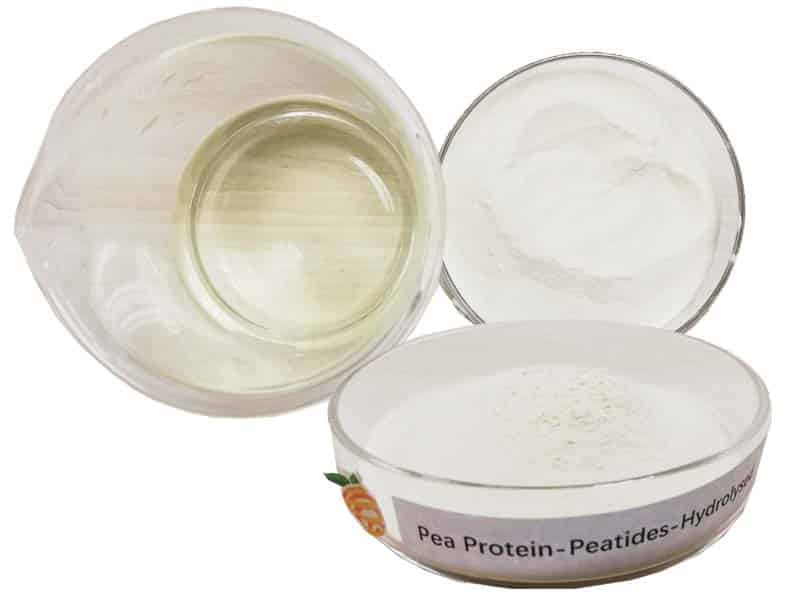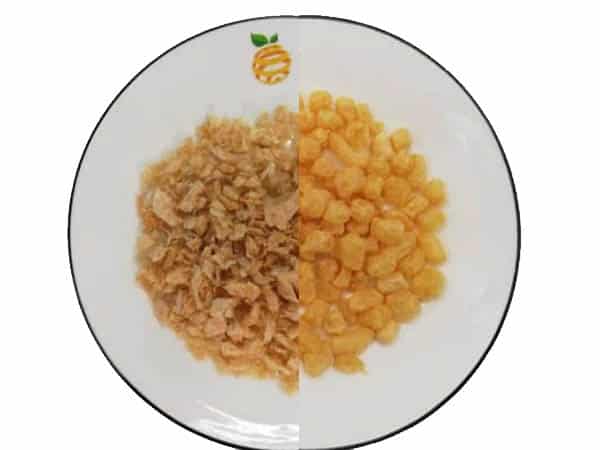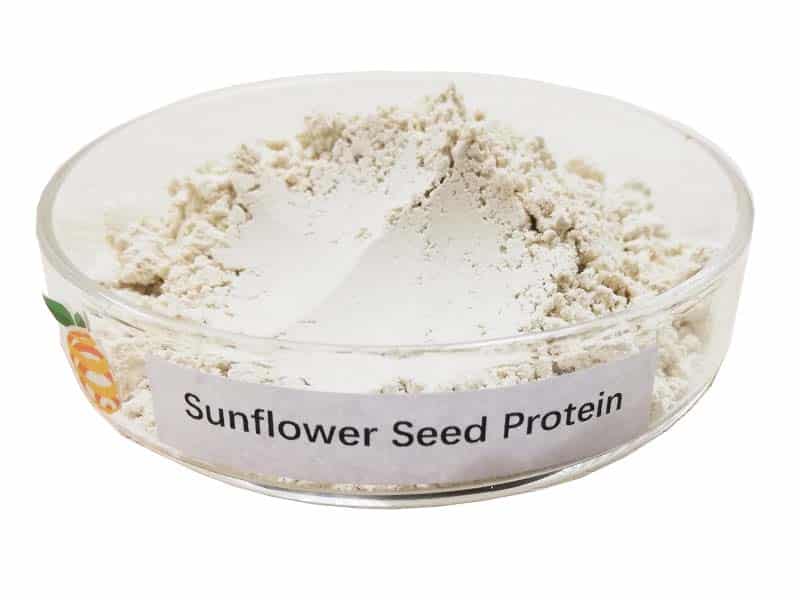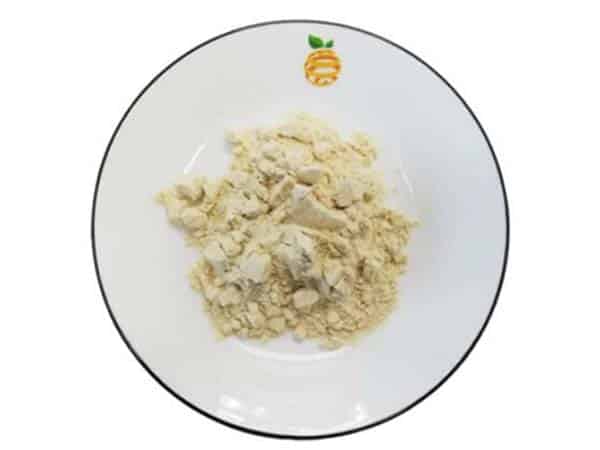Determination Of Four Arsenic Species In Rice By Liquid Chromatography-Atomic Fluorescence Method
Exploring a novel LC-AFS method for accurate arsenic species detection in rice, enhancing food safety analysis with optimized extraction conditions.
Objective To establish a liquid chromatography-atomic fluorescence method for extracting four arsenic forms (arsenite As III, arsenate As V, monomethylarsenic MMA and dimethylarsenic DMA) from rice using 0.3 mol/L nitric acid as the extractant. liquid chromatography-atomic fluorescence spectrometry, LC-AFS) analysis method. Method: Under the condition of 60 ¡æ, the rice samples were extracted by ultrasonic for 40 minutes, and the supernatant was used for LC-AFS measurement. The extraction efficiencies of the two extraction methods for four arsenic forms in rice were compared, and conditions such as extraction temperature and extraction time were optimized. Results The detection limits of the four arsenic form compounds were 0.002~0.01 ¦Ìg/mL, the spike recovery rate was 89.03%~100.70%, and the RSD was no more than 4.36% (n=5). Conclusion This method can completely separate the four arsenic forms in rice samples within 1 hour. It is simple and sensitive to operate and is suitable for the risk assessment of heavy metal arsenic in rice.
Introduction to a Novel Analytical Technique for Arsenic Detection in Rice
In the pursuit of advancing food safety protocols, especially concerning heavy metals in consumables, a novel analytical technique has been developed to extract and quantify four distinct arsenic species in rice: arsenite (As III), arsenate (As V), monomethylarsenic (MMA), and dimethylarsenic (DMA). Utilizing 0.3 mol/L nitric acid as the extracting agent, this methodology integrates liquid chromatography with atomic fluorescence spectrometry (LC-AFS), marking a significant stride in food safety analysis. This study meticulously outlines the extraction process, optimization of conditions, and the subsequent analytical procedures, contributing substantially to the framework of heavy metal risk assessment in food staples, particularly rice.
Methodology: Optimizing Conditions for Arsenic Extraction from Rice
The methodological core of this study hinges on the extraction of arsenic species from rice samples at an optimal temperature of 60°C, employing ultrasonic agitation for 40 minutes to ensure thorough extraction. The clarity of this process lies in its precision and the employment of a supernatant for LC-AFS measurement, a testament to the method’s efficacy and efficiency. The research meticulously compares this novel extraction method against existing protocols, with a keen focus on optimizing variables such as extraction temperature and duration to enhance efficiency and accuracy.
Analytical Accuracy: Sensitivity and Precision in Arsenic Quantification
The analytical prowess of this technique is underscored by its impressive sensitivity and specificity; the detection limits for the arsenic compounds ranged from 0.002 to 0.01 µg/mL. This level of sensitivity is paramount in trace analysis, where the precise quantification of contaminants can significantly influence food safety standards and risk assessments. Moreover, the method boasts an admirable spike recovery rate of 89.03% to 100.70% and a relative standard deviation (RSD) not exceeding 4.36% for five replicate analyses. These metrics not only underline the method’s reliability and reproducibility but also its potential as a robust tool in the domain of food safety.
The culmination of this research offers a compelling conclusion: the proposed LC-AFS method is not merely a theoretical advancement but a practical, operative technique that can segregate the four arsenic forms in rice samples within an hour. Its simplicity, combined with its sensitivity, positions it as an invaluable asset in the arsenal of food safety protocols, especially for the risk assessment of arsenic, a notorious heavy metal contaminant in rice. This method’s adaptability and efficiency herald a significant improvement in food safety analysis, facilitating more rigorous and comprehensive assessments of heavy metal contamination in food staples.
Conclusion: The Significance of the LC-AFS Method in Food Safety Analysis
In sum, the establishment of this liquid chromatography-atomic fluorescence method for extracting and quantifying arsenic species in rice represents a critical leap forward in food safety analysis. Its development not only enhances our capability to detect and quantify heavy metal contaminants with greater precision but also underscores the continuous need for innovative methodologies in ensuring the safety and integrity of food products. As such, this method stands as a pivotal contribution to the ongoing efforts in food safety and public health protection, offering a robust, sensitive, and efficient tool for the risk assessment of arsenic in rice.
For futher details of this article and research, feel free to contact our team for assistance.
About ETprotein:
ETprotein, a reputable plant protein vegan protein Chinese factory manufacturer and supplier, is renowned for producing, stocking, exporting, and delivering the highest quality organic bulk vegan protein and plant proteins. They include Organic rice protein, clear rice protein, pea protein, clear pea protein, oat protein, watermelon seed protein, pumpkin seed protein, sunflower seed protein, mung bean protein, peanut protein, various of plant peptides etc. Their offerings, characterized by a neutral taste, non-GMO, allergen-free attributes, cater to a diverse range of industries. They serve nutraceutical, pharmaceutical, cosmeceutical, veterinary, as well as food and beverage finished product distributors, traders, and manufacturers across Europe, USA, Canada, Australia, Thailand, Japan, Korea, Brazil, and Chile, among others.
ETprotein specialization includes exporting and delivering tailor-made protein powder and finished nutritional supplements. Their extensive product range covers sectors like Food and Beverage, Sports Nutrition, Weight Management, Dietary Supplements, Health and Wellness Products, and Infant Formula, ensuring comprehensive solutions to meet all your protein needs.
As a trusted company by leading global food and beverage brands and Fortune 500 companies, ETprotein reinforces China’s reputation in the global arena. For more information or to get a free sample of their protein products, please contact them and email sales(at)ETprotein.com today.

